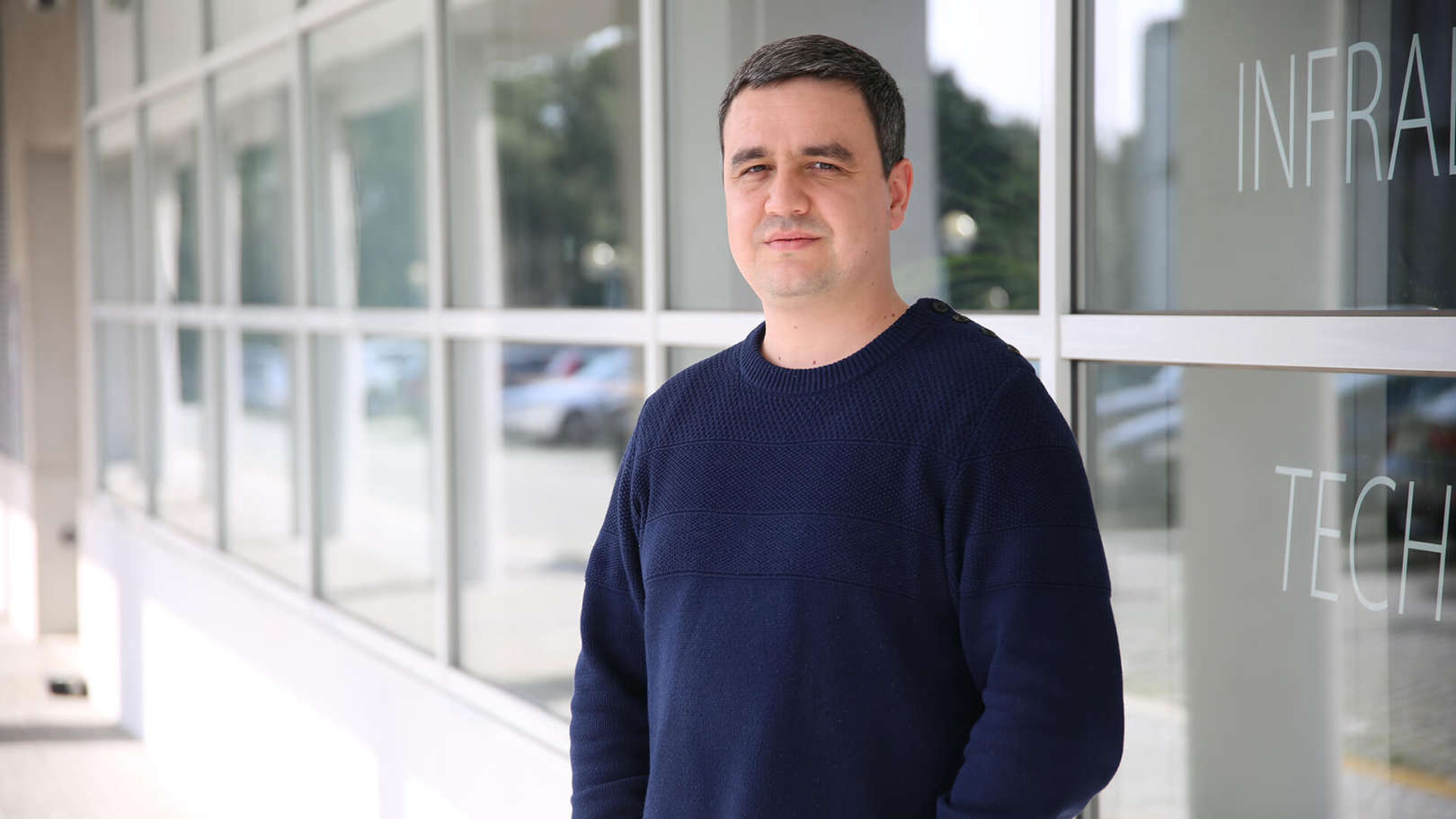About
My name is Carlos Gonçalves and I was born and raised in Bragança, Portugal. After finished the secondary education, I went to study Electrical and Computers Engineering in Faculty of Engineering of the University of Porto (FEUP), where I received my integrated master degree, in 2016, with major in automation and specialization in robotics. Besides attending this program, I also worked in the field of electronics technical support and in the electromechanical field, namely the development and production of mechanical parts by using CAD/CAM software and programming and operation of CNC machines. These works give me a further experience.
My MSc Dissertation was related to design and development of a small autonomous underwater vehicle (AUV) which resulted in the robot SHAD. After my graduation, I became INESC TEC researcher and my interests remain automation, electronics and robotics systems. My activity is focused on developing innovative solutions for aquatic robotic platforms.


